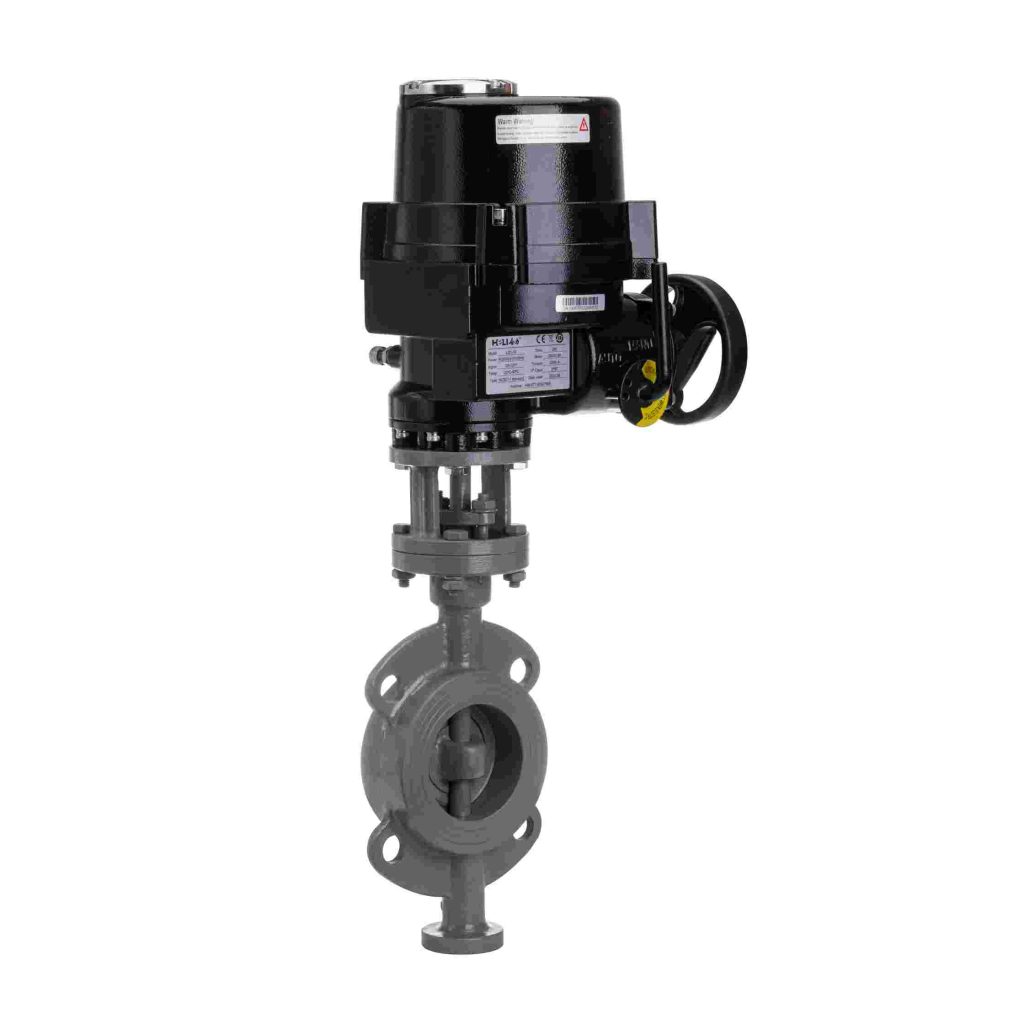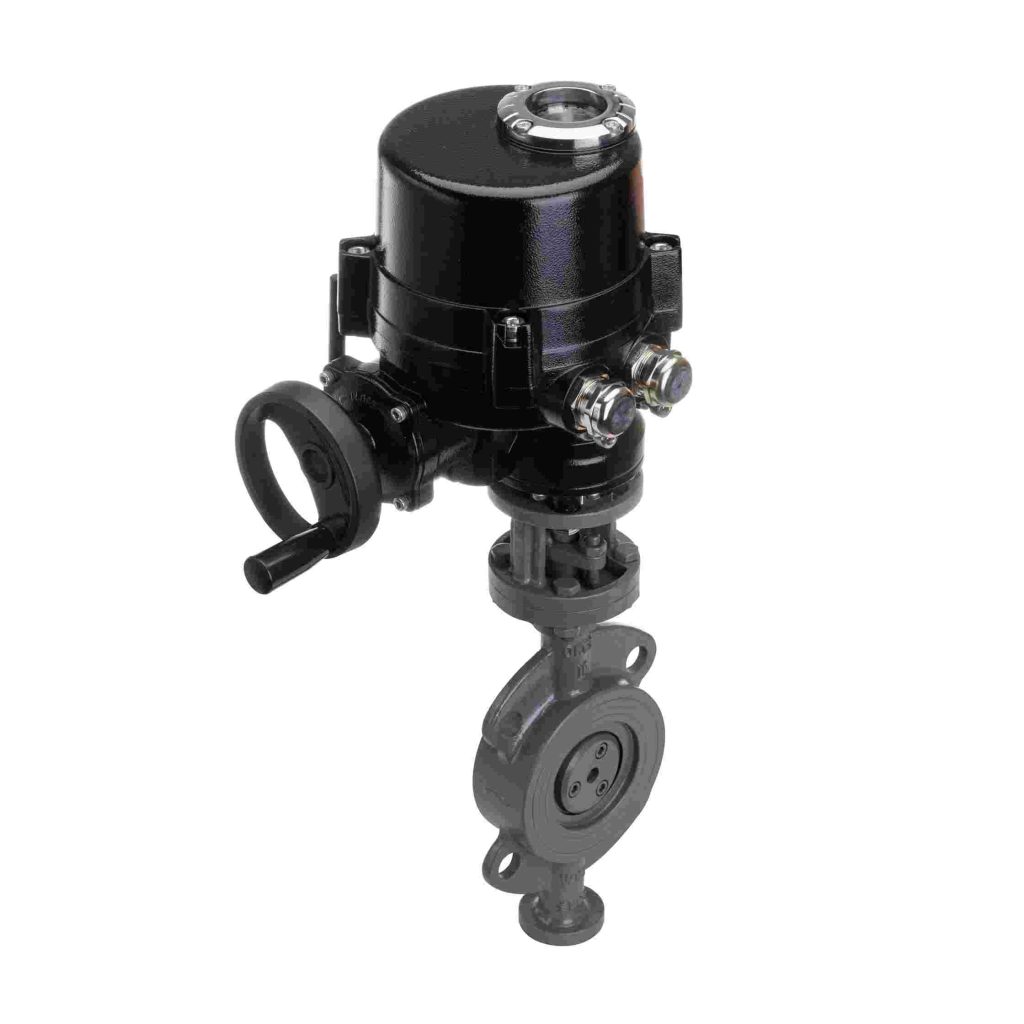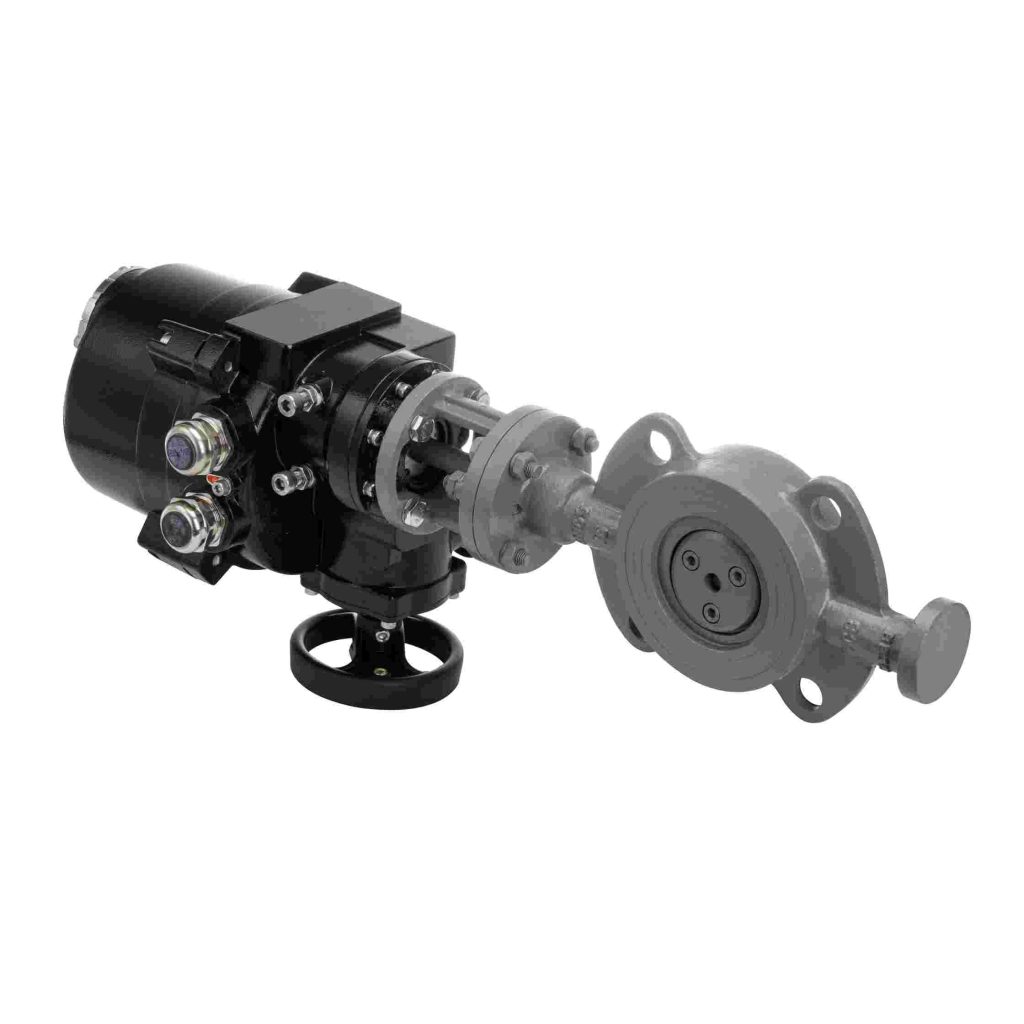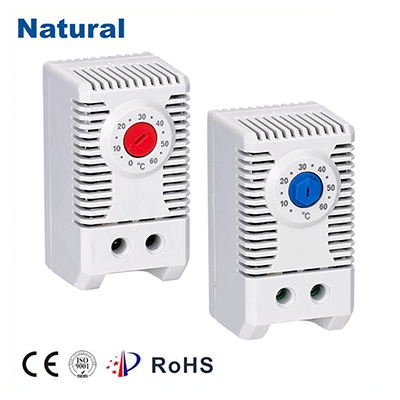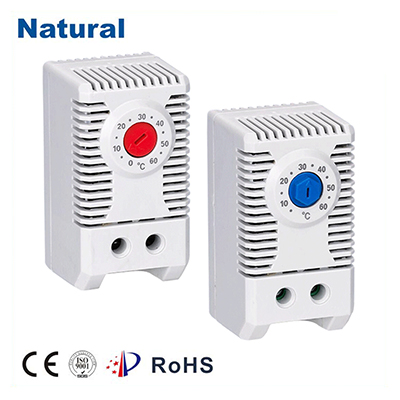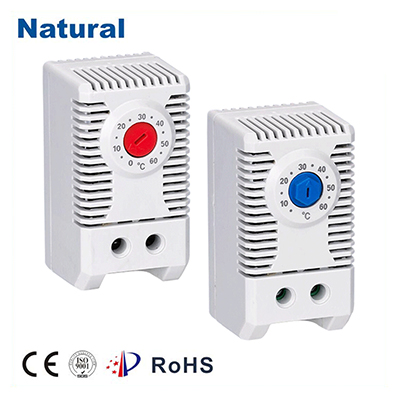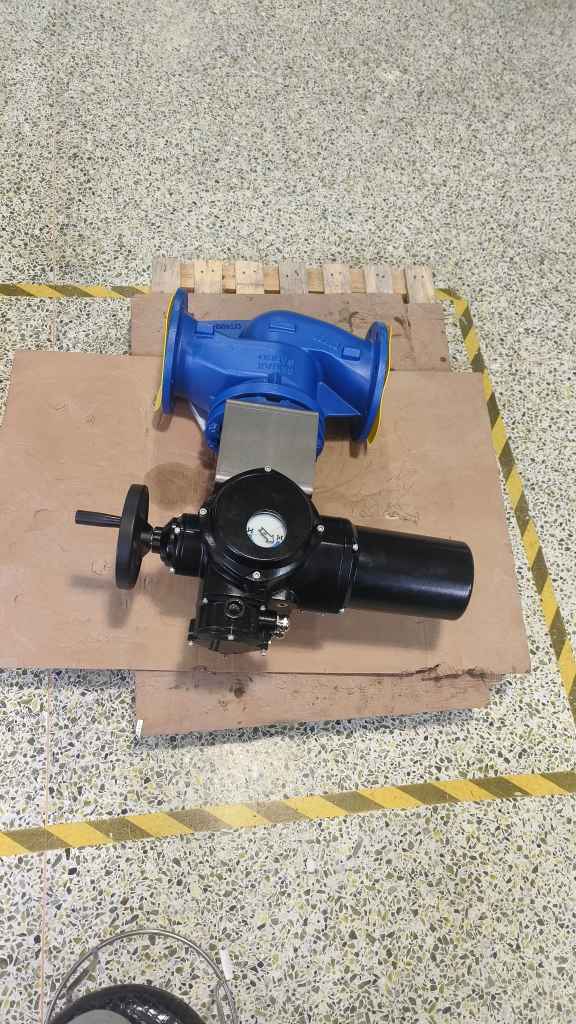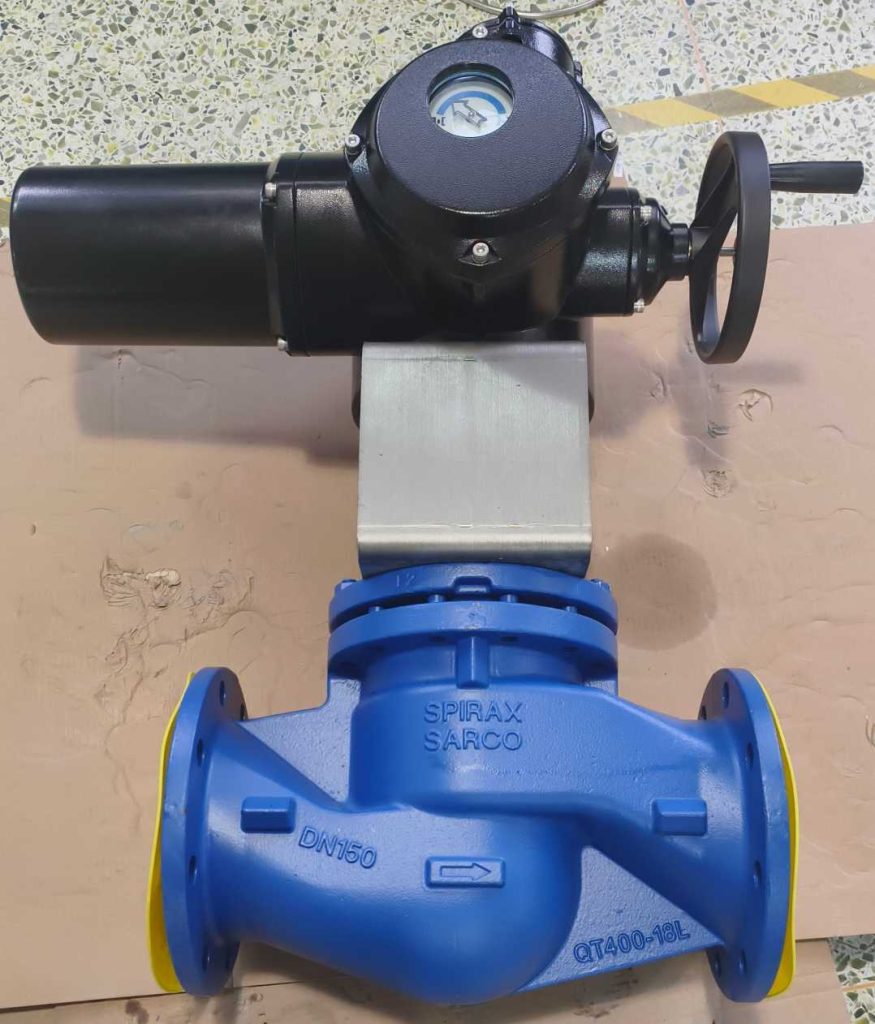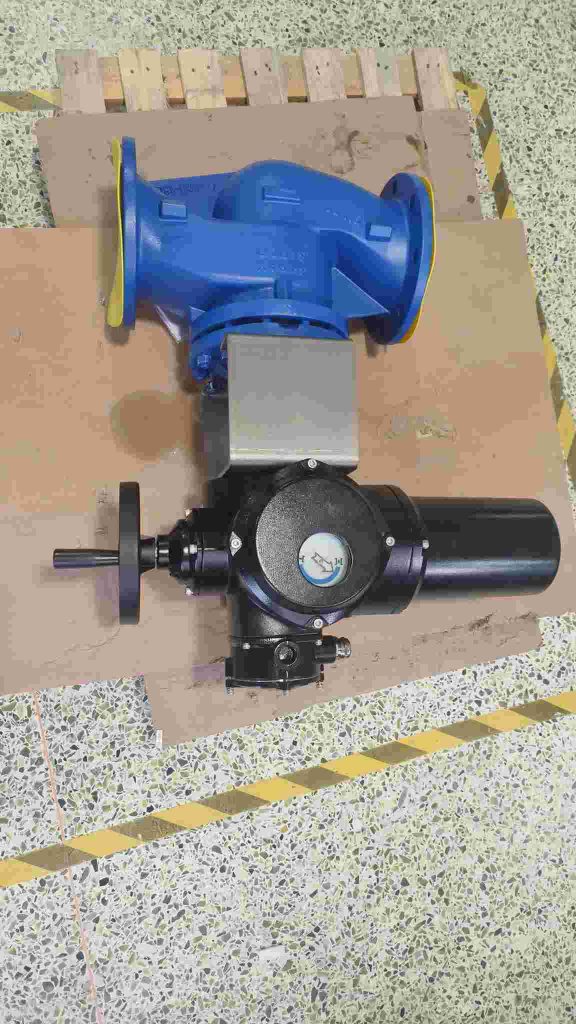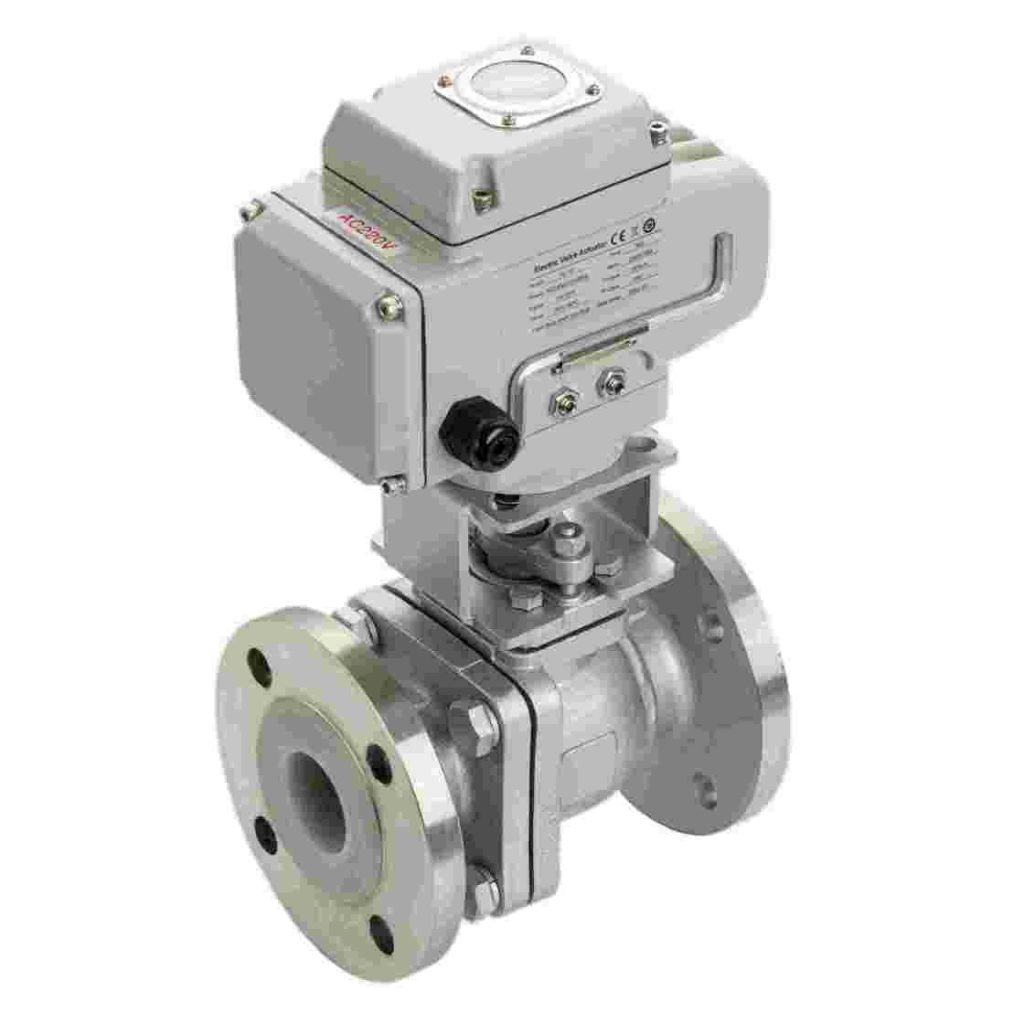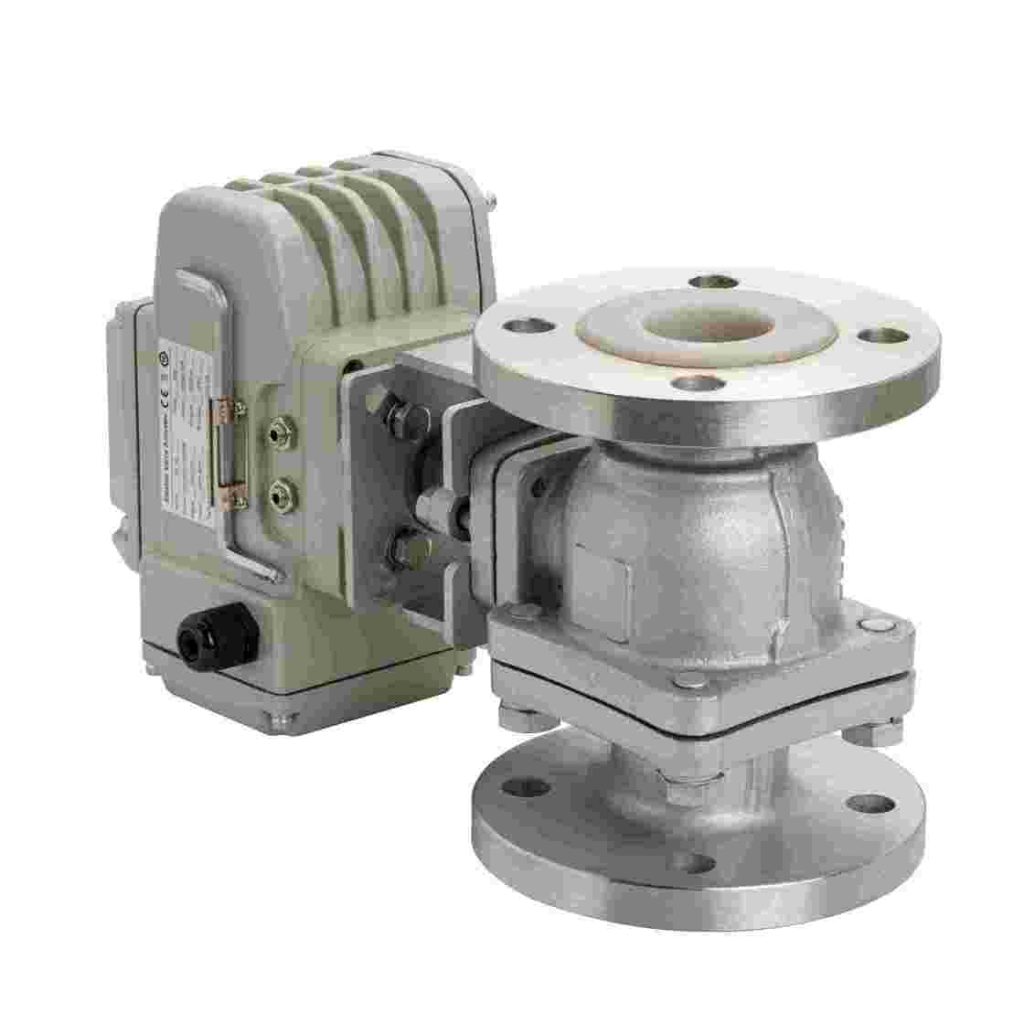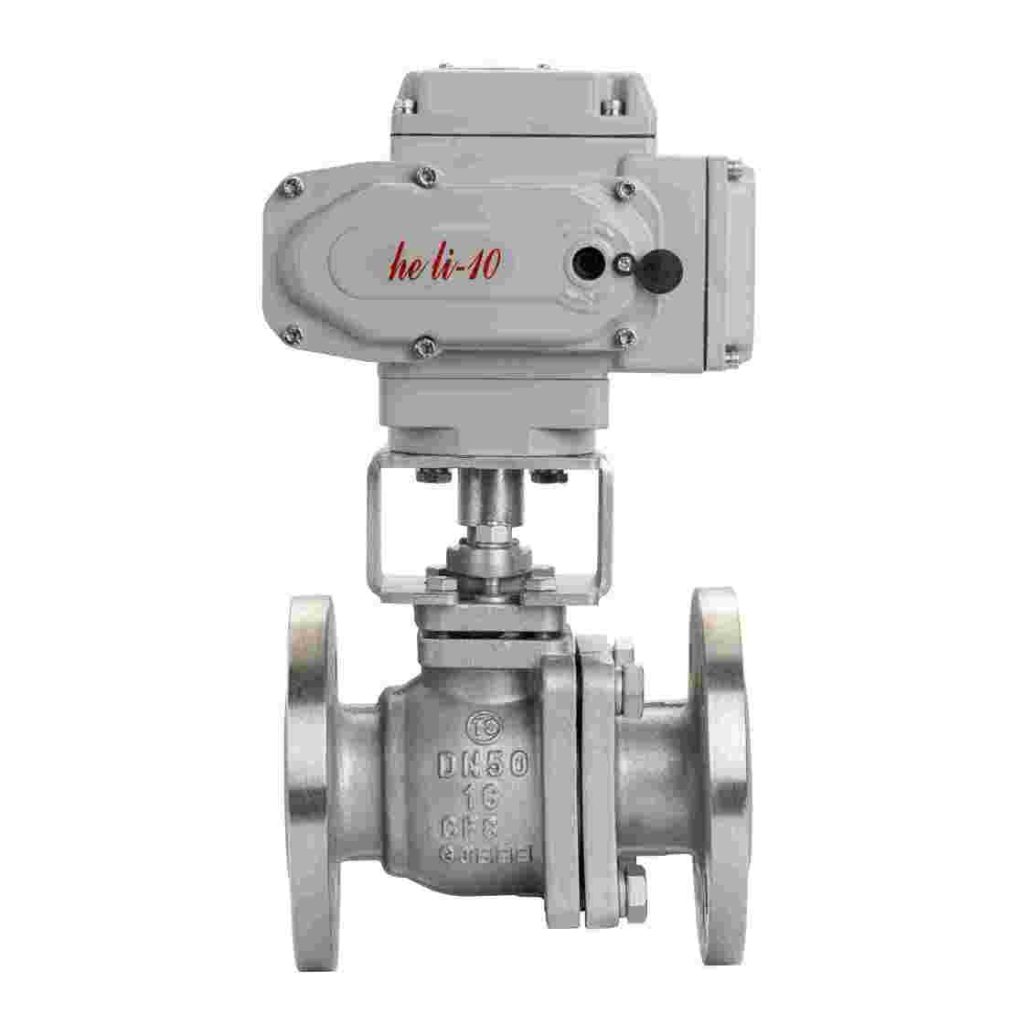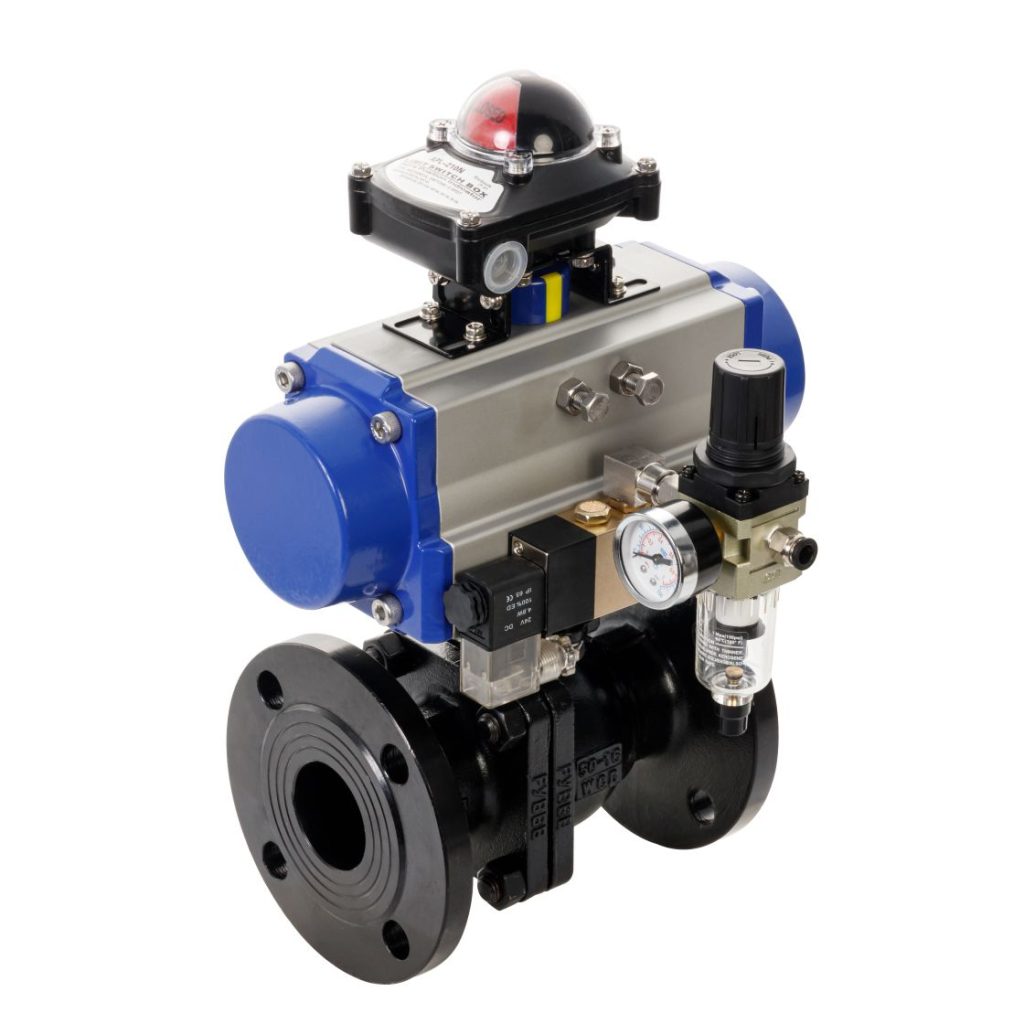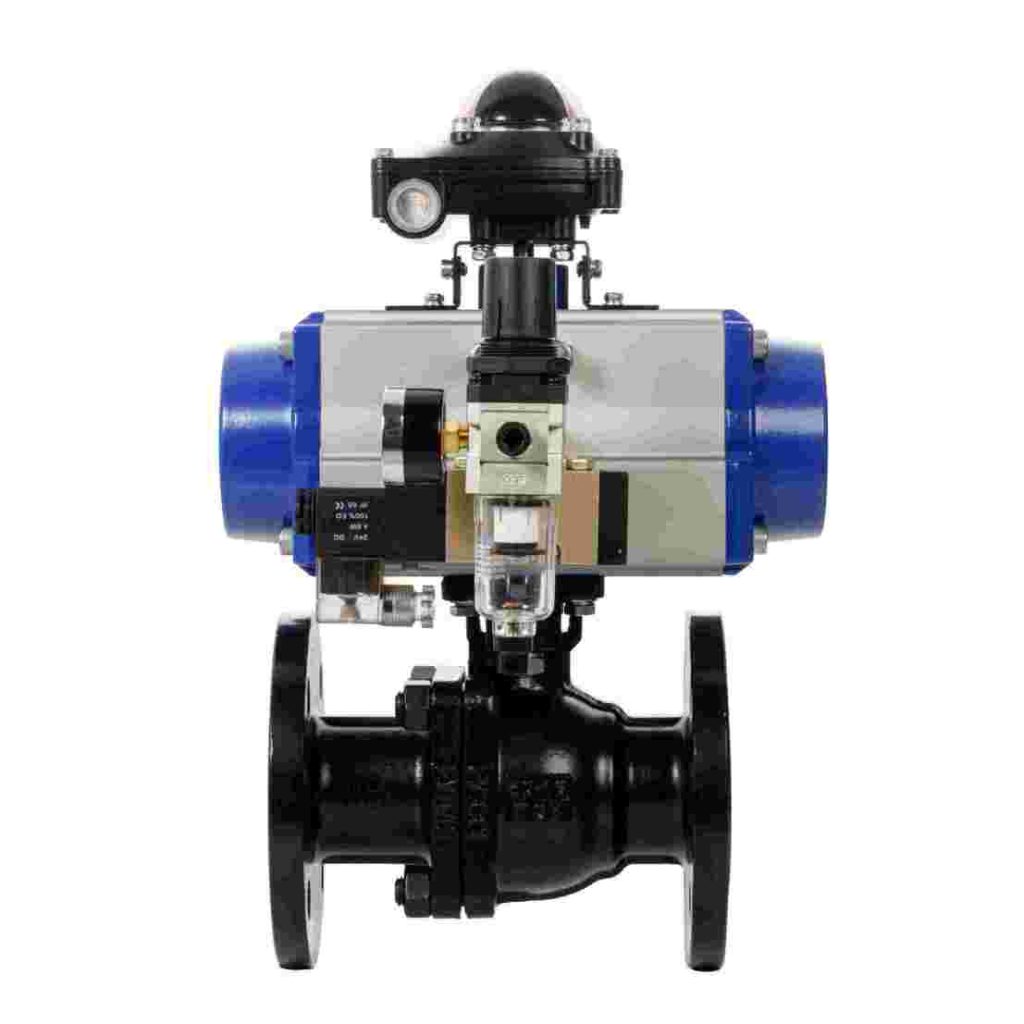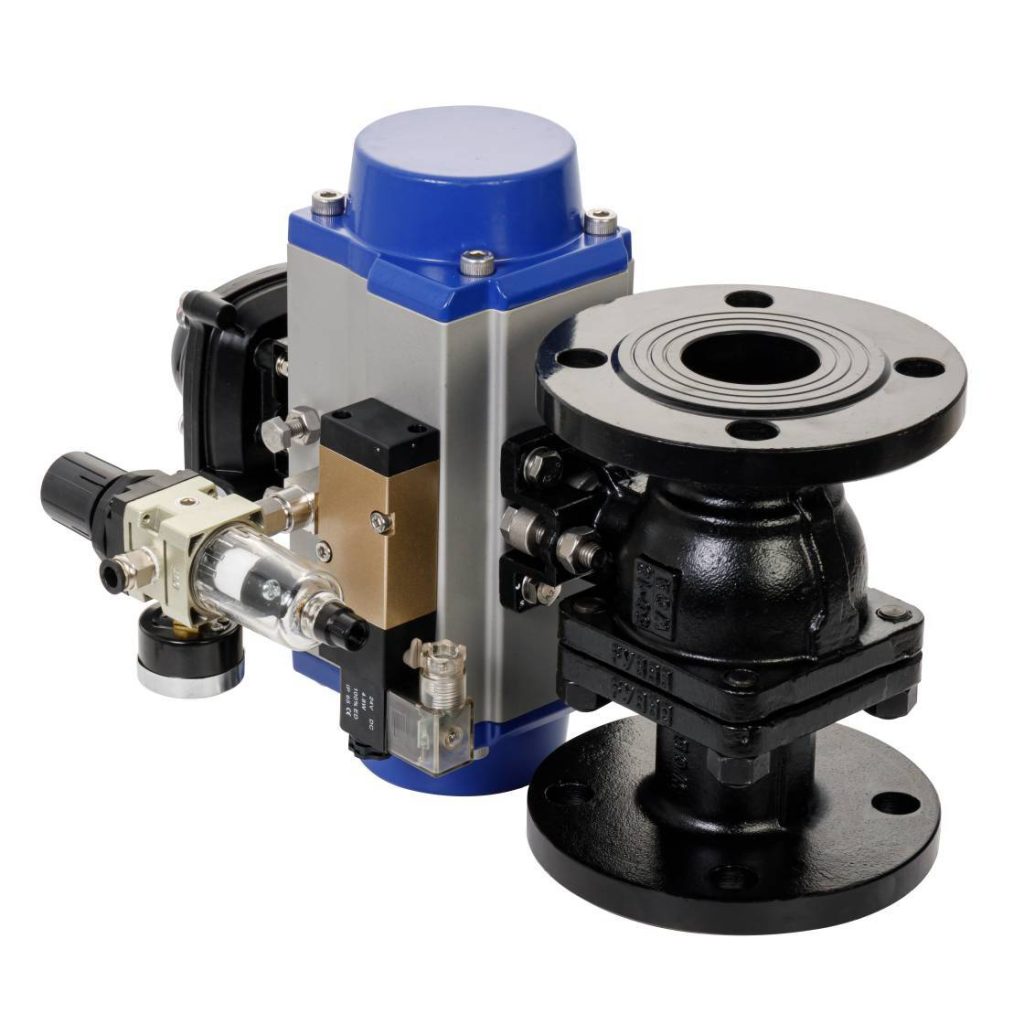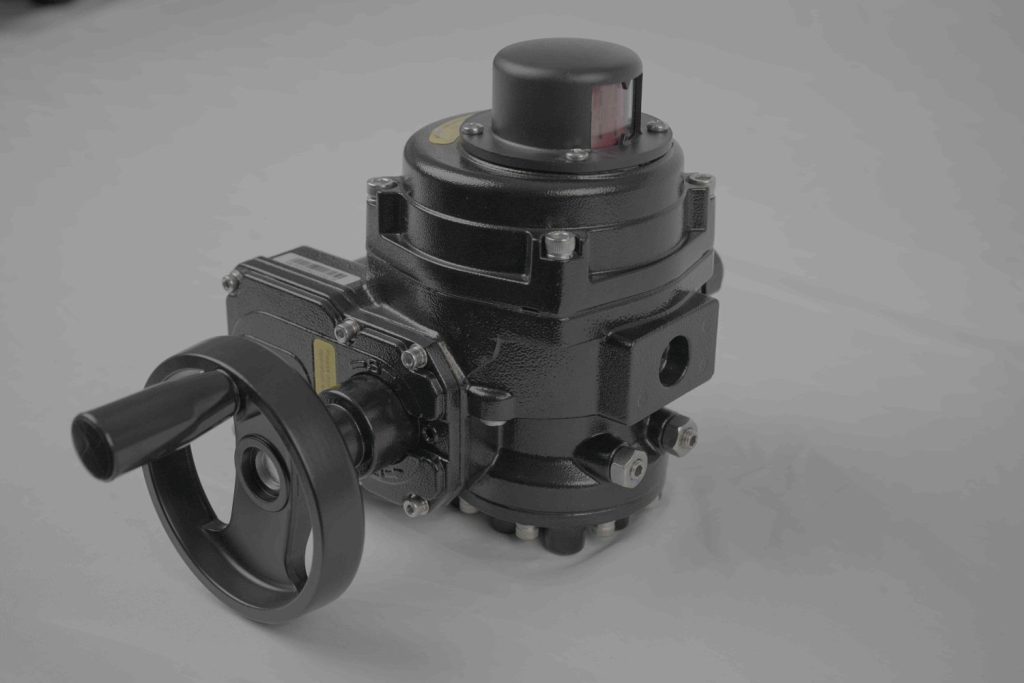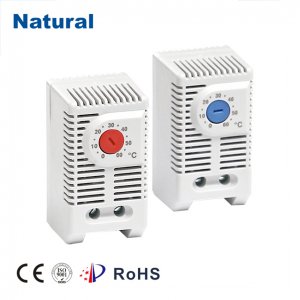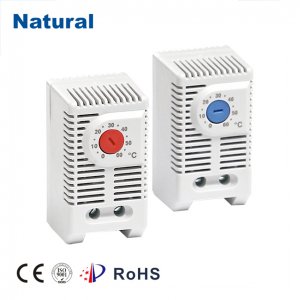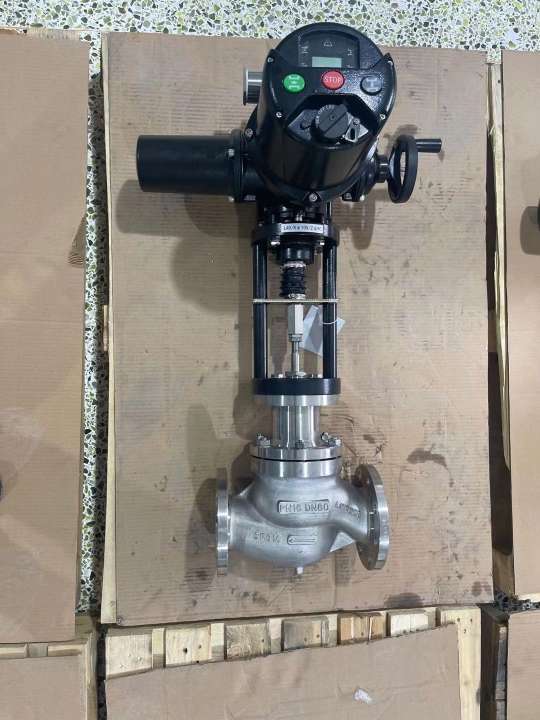The Explosion-proof Electric Pinch Valve is a specialized valve used to control the flow of fluids in environments where there is a risk of explosion due to the presence of hazardous gases, liquids, or dust. Designed with both safety and efficiency in mind, this valve plays a crucial role in various industries, including chemical, oil and gas, food processing, and pharmaceuticals, where ensuring safe and precise fluid control is essential. In this article, we will explore the features, working principles, applications, and benefits of the explosion-proof electric pinch valve.

What is an Explosion-proof Electric Pinch Valve? An explosion-proof electric pinch valve is a type of valve that uses an electric actuator to control the opening and closing of a soft rubber or elastomeric sleeve, which, when compressed, pinches off the flow of the medium passing through it. Unlike traditional valves with mechanical components, a pinch valve operates by squeezing a flexible material, offering advantages in handling various types of fluids, especially those containing particulates, viscous liquids, or slurries. The “explosion-proof” feature refers to the valve’s ability to operate safely in environments where flammable gases or dust are present, such as chemical plants or oil refineries. The explosion-proof design ensures that the valve’s electrical components and wiring are fully enclosed in a protective casing that prevents any sparks or heat from escaping, thus minimizing the risk of ignition in hazardous environments.
